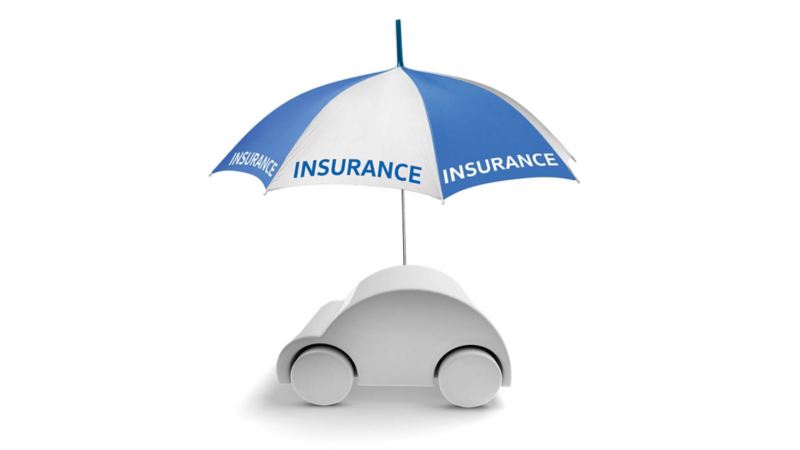We never see it coming, but the truth is that accidents happen. Taking an insurance cover is part of becoming the architect of your future and taking care of the inevitable. Accident aggressions could knock you off your feet if you fail to sign up with the best car insurance provider. Making an insurance claim after an accident could earn you the peace of mind that you need, but you also need to understand some important points about insurance in general.
A close focus
The collision claim is the big one and it will happen about 75% of the time. An average car insurance rate increase of 20% will cause over 3 million policyholders to dump their existing auto insurance policies and purchase new ones at higher rates. That means an average annual increase of $300 per insured person. There are several ways that an insurance company can increase your rates, but, only a few of those methods are utilized by most companies. The two main methods that almost all companies use are:
Rating Factors
Any one or combination of factors that enable the company to determine if you are more likely to have or become involved in a collision than the typical driver. The three major rating factors are age, location, and type of vehicle you drive.
Incidence Based Rates
This is the most common rate increase method and it is used by virtually every insurance company in the United States. What this means is that your premiums will go up based on how many accidents occur in the area where you live.
This is important because it allows insurance companies to raise rates on people who live in high-risk areas and do not take steps to lower their accident rates. For example, if you live in an area with a high percentage of teenagers driving cars, you will be charged more than someone who lives in an area with a low percentage of teenage drivers.

If you live in an urban area, you will be charged more than someone who lives in a more rural area. If you own a pickup truck, you will be charged more than someone who drives a compact car. What all of this means is that if you are a young male living in an “at-risk” area, you can expect to pay much more for car insurance than other young males who live in low-risk areas.
The same is true if you are a female, older person, or if you drive a particular make and model of vehicle. The incidence-based rate method is legal as long as the rates are made available to all policyholders and are not unfairly discriminatory. Unfair discrimination occurs when an insurance company charges one group of people more than another group of people who are similarly situated. Finding the best car insurance provider is a great idea for any of us.
Important considerations
Absolutely everybody is similarly situated except those who are dishonest or negligent. For example, if you were to intentionally cause three or four accidents every year, you would be charged more for auto insurance than someone who was driving safely.
However, most people who have higher rates are not doing anything wrong and are just unlucky. That does not make the insurance company’s action right but, it does make it legal. So, what can you do to protect yourself against unfair rate increases?
Actually, there are several things you can do and they are discussed in detail in the section entitled “How Can I Avoid Getting Hit With An Auto Insurance Rate Increase?” which appears later in this newsletter. In the meantime, let us discuss some of the factors which will almost always result in an insurance company raising your rates. RATE INCREASES FOR YOUNG DRIVERS.
Younger drivers are more likely to be involved in a collision than older drivers. Therefore, if you are a young driver (under 25 years old), you will almost always have higher rates than older drivers. Young males have the highest rate of all. RATE INCREASES FOR FEMALE DRIVERS Females have lower rates than males. This is true for two reasons:
It is important to outline that Females tend to drive less than males. If they do drive, they tend to drive safely. However, there is one exception and that is when it comes to teenagers. Teenage girls are just as likely as teenage boys to drive dangerously.
You should do things right
For damage or injuries caused by another person or their vehicle. In many cases, you will need to file a “No-Fault” claim in which case you will not be able to collect damages from the other party and you will have to pay all of the costs associated with repairing your vehicle.
In most states, you will also need to have personal injury protection (PIP) added to your policy if you want to protect yourself against paying medical bills resulting from an accident. This is especially important if you are involved in a crash with another motorist who does not have insurance or has insufficient coverage.
A PIP insurer pays for most of the costs of treating your injuries, up to a specific dollar amount, and you do not have to sue the other driver or his insurance company to receive this money. However, in some states (e.g., Florida), the PIP benefits paid by your insurer will be limited and you will have to look to other sources, such as your savings or the at-fault driver’s insurance company, to pay the medical bills incurred as a result of an accident.

In this case, having adequate liability coverage is even more important. in many cases, you will need to file a “No-Fault” claim in which case you will not be able to collect damages from the other party and you will have to pay all of the costs associated with repairing your vehicle. It is advisable to take the time to talk to the best car insurance provider and understand how things work in the sector.
In most states, you will also need to have personal injury protection (PIP) added to your policy if you want to protect yourself against paying medical bills resulting from an accident. This is especially important if you are involved in a crash with another motorist who does not have insurance or has insufficient coverage.
A PIP insurer pays for most of the costs of treating your injuries, up to a specific dollar amount, and you do not have to sue the other driver or his insurance company to receive this money. However, in some states (e.g., Florida), the PIP benefits paid by your insurer will be limited and you will have to look to other sources, such as your own savings or the at-fault driver’s insurance company, to pay the medical bills incurred as a result of an accident.
In this case, having adequate liability coverage is even more important. Tip: Ask your insurance agent or broker if your existing insurance provides both Liability Coverage and/or PIP. Car Insurance Deductibles – What They Are, Why You Need Them, And How To Set One Of The Best Ways To Reduce Your Premiums Is To Raise Your Deductible!
Bear in mind that the best car insurance provider is the one with your best interests at heart.
